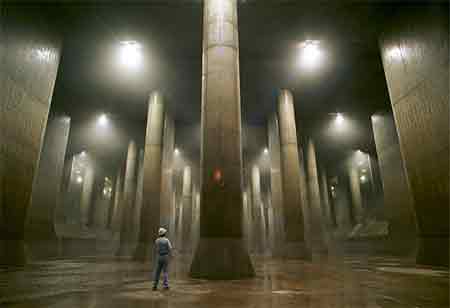Thank you for Subscribing to Construction Business Review Weekly Brief
Specials
- Apartment and Condominium Contractors Canada
- Decking Canada
- Architectural Glass Europe
- MEP APAC
- Construction Saudi Arabia
- German Apartment and Condominium Contractors
- Construction Law APAC
- Outdoor Construction
- Foundation Construction Canada
- MEP Canada
- Kitchen and Bath
- Cold Storage Construction APAC
- Precast Concrete Europe
- Construction Staffing Europe
- Pre-Construction Services
- Flooring System APAC
- Scaffolding Canada
- Swimming Pool Construction Canada
- Construction Management Canada
- Cold Storage Construction Canada
- Flooring Systems Europe
- Residential Construction
- Concrete Canada
- Construction Cladding Europe
- Construction Cladding APAC
- Concretes, Aggregates and Construction Materials APAC
- Concretes, Aggregates and Construction Materials Europe
- Commercial Contractors Europe
- Commercial Contractors APAC
- Dummy
- Construction Insulation, Coating and Waterproofing
- Construction Management APAC
- Landscaping Canada
- Construction Coating Europe
- Construction Tech Startups Europe
- Insulation Services Europe
- Mechanical Contractor Canada
- Mould Remediation and Testing Europe
- Swimming Pool Construction APAC
- Building Sealing Solutions Europe
- Construction Engineering Services
- Mechanical Electrical and Plumbing
- Roofing Systems Europe
- Architectural Glass APAC
- Startups APAC
- Construction Forensic and Owners Representative
- Flooring System
- Waterproofing APAC
- Wall Systems
- Safety and Compliance Europe
- Construction Bidding and Auctions
- Modular and Prefab Construction
- Architectural Glass
- Construction MENA
- Construction Demolition and Recycling Europe
- Modular Construction Europe
- Construction Interiors
- Steel Building APAC
- HVAC
- Doors and windows
- Construction Latam
- Building Information Modeling APAC
- Sustainable Construction APAC
- Building Restoration and Maintenance
- Commercial Contractors
- Specialty Construction
- Construction Engineering Canada
- Construction Engineering MENA
- Modular Construction Canada
- Modular Construction APAC
- Roofing and Siding Systems
- Workforce Management and Staffing
- Roofing Systems APAC
- Construction Consulting
- Steel Building Europe
- Construction Demolition and Recycling APAC
- Safety and Compliance APAC
- Concretes, Aggregates and Construction Materials
- Construction Cladding
How Building Subterranean Cities can Save the World?
Approximately 90 percent of the construction is done with concrete, which provides fire protection. Thus, in a broader sense

By
Construction Business Review | Tuesday, July 20, 2021
Stay ahead of the industry with exclusive feature stories on the top companies, expert insights and the latest news delivered straight to your inbox. Subscribe today.
Approximately 90 percent of the construction is done with concrete, which provides fire protection. Thus, in a broader sense, underground cities can be effectively protected from fires, earthquakes, hurricanes, high winds, hailstorms, and other natural disasters.
Fremont, CA: Underground building isn't a novel idea. However, with the world population set to expand in the next years and the mounting difficulties of pollution, climate change, and traffic congestion, urban planners have been forced to look underground. Another significant factor is the rise in home prices. In fact, modern science believes that it would have been preferable if ancestors began developing beneath rather than on land - after emerging from caves. The myth that underground houses are dark, stinky, and claustrophobic has also been debunked by modern scientific knowledge.
Surprisingly, there are other factors that make underground living a realistic and profitable alternative in a variety of ways. So, let us go into this intriguing issue and see which towns throughout the world have already begun to construct mini-cities beneath their cities.
Advantages of Building Subterranean Cities
Energy Saving
Above all, the most significant benefit of underground construction is energy efficiency. Because the earth's subterranean temperature remains stable, underground dwelling structures can benefit from geothermal mass and heat exchange.





